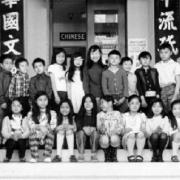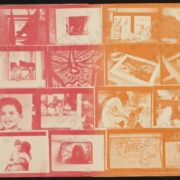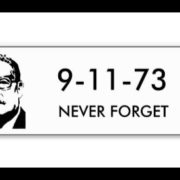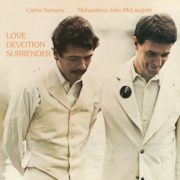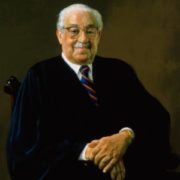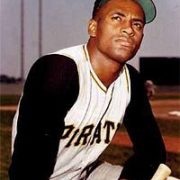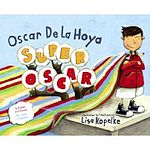Lau v. Nichols 1973 Bilingual Education Breakthrough
The US Supreme Court heard arguments for the case of Lau v. Nichols on December 10, 1973. During this landmark case on bilingual education, the Court promulgated one of its first interpretations of the term “appropriate action.” The ruling held that a school district based in San Francisco violated the Civil Rights Act of 1964 by denying students of Chinese descent opportunities to participate in classes. The Justices decided that providing the Chinese American students with the same textbooks, desks, and teachers as the native English speakers was not appropriate under the law. Appropriate action required further measures, such as instruction in both Chinese and English, to ensure that the non-English speaking students were able to learn English. Lau v. Nichols is part of the history of bilingual education in US law; the next important decision featured Spanish-speaking students in Castañeda v. Pickard in 1981. (Please see Meyer v. Nebraska, May 25, 1920, for more information on the history of bilingual education case law.)
La Corte Suprema de los Estados Unidos escuchó los argumentos para el caso de Lau v. Nichols el 10 de diciembre de 1973. Durante este caso histórico sobre educación bilingüe, la Corte promulgó una de sus primeras interpretaciones del término “acción apropiada”. El fallo sostuvo que un distrito escolar con sede en San Francisco violó la Ley de Derechos Civiles de 1964 al negar a los estudiantes de ascendencia china la oportunidad de participar en clases. Los jueces decidieron que proporcionar a los estudiantes chino-estadounidenses los mismos libros de texto, escritorios y maestros que los hablantes nativos de inglés no era apropiado según la ley. La acción apropiada requirió medidas adicionales, como instrucción tanto en chino como en inglés, para asegurar que los estudiantes que no hablaban inglés pudieran aprender inglés. Lau v. Nichols es parte de la historia de la educación bilingüe en la ley estadounidense; la siguiente decisión importante contó con estudiantes de habla hispana en Castañeda v. Pickard en 1981. (Para obtener más información sobre la historia de la jurisprudencia de la educación bilingüe, consulte Meyer v. Nebraska, 25 de mayo de 1920).

